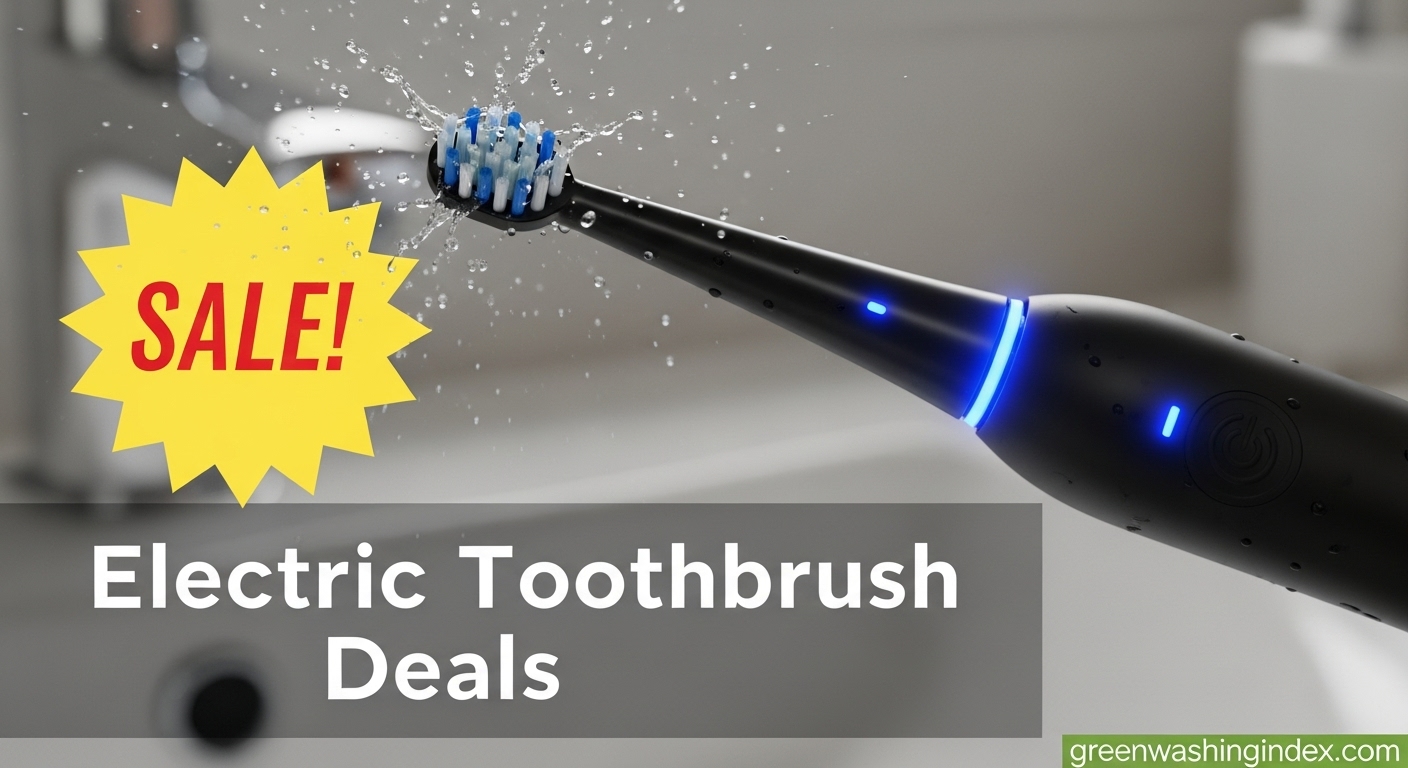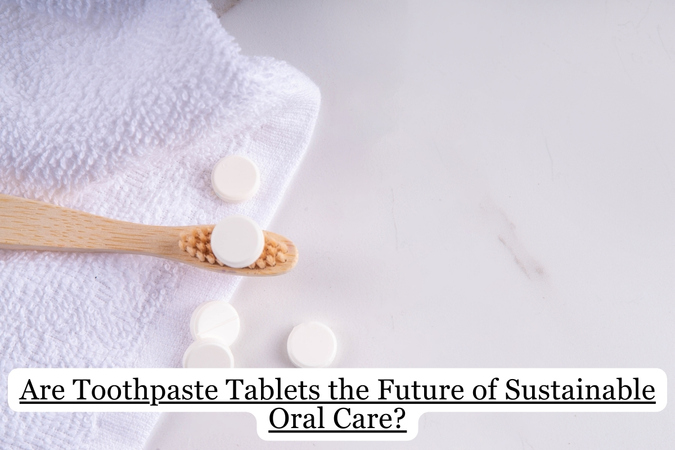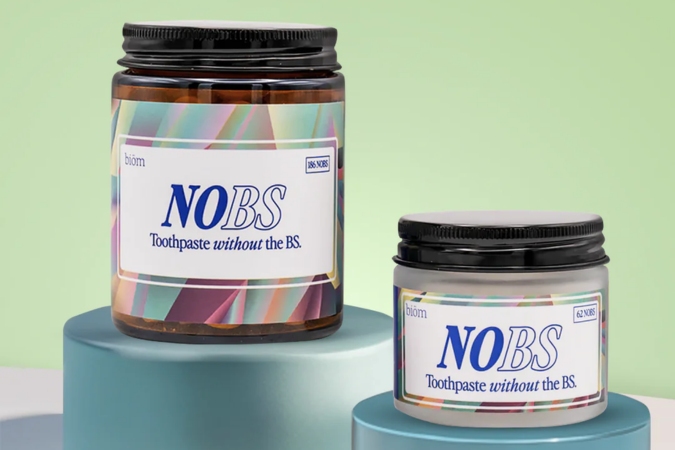

As the world shifts toward eco-conscious living, every aspect of daily life is being reimagined through a sustainable lens—including oral care. Traditional toothpaste tubes, made from plastic and aluminum, contribute significantly to global waste, with over 1.5 billion tubes discarded annually.
Enter toothpaste tablets: a compact, zero-waste alternative gaining momentum as a potential game-changer. But are these innovative products truly the future of sustainable dental hygiene? Let’s explore their benefits, challenges, and role in reshaping the industry.
Toothpaste tablets are small, dry pellets designed to replace conventional toothpaste. To use them, you simply pop a tablet into your mouth, chew it to activate the paste, and brush as usual. The formula often contains the same key ingredients as traditional toothpaste—fluoride (in some variants), baking soda, or natural abrasives—to clean teeth, fight plaque, and freshen breath.
These tablets eliminate the need for plastic tubes, instead packaged in reusable glass jars or compostable pouches. Biöm’s NOBS Toothpaste Tablets have pioneered this space, offering portable, mess-free solutions that cater to eco-conscious consumers and travelers alike.

To understand why toothpaste tablets are gaining traction, it’s essential to examine the environmental footprint of standard toothpaste. Most tubes are made from a mix of plastic and aluminum, which are difficult to recycle due to their layered structure. As a result, nearly 99% of toothpaste tubes end up in landfills or oceans, where they take centuries to decompose.
Additionally, the production of plastic tubes relies on fossil fuels, contributing to carbon emissions. Even “recyclable” tubes often require specialized facilities, which are inaccessible to most consumers. This linear “take-make-dispose” model is increasingly at odds with the global push for circular economies.
Toothpaste tablets are typically packaged in biodegradable or refillable containers, slashing single-use plastic consumption. For example, one glass jar of tablets can replace dozens of tubes over its lifetime. This shift aligns with the zero-waste movement, which prioritizes reusable and compostable materials.
Tablets are lightweight, spill-proof, and TSA-friendly, making them ideal for travel. Unlike liquid toothpaste, they won’t explode in your luggage or count toward your liquid limit at airport security.
Many tablet brands emphasize natural formulations free from sulfates, parabens, and artificial dyes. This appeals to health-conscious users seeking greater control over their oral care ingredients.
Some companies offer tablets tailored to specific needs, such as sensitivity, whitening, or fluoride-free options. This personalization mirrors broader trends in consumer demand for products that cater to individual preferences.
While toothpaste tablets present compelling advantages, they aren’t without hurdles.
Tablets are often pricier upfront than traditional toothpaste. However, proponents argue that their longevity and reduced environmental impact justify the cost over time. Subscription models and bulk purchases can also mitigate expenses.
Switching from a familiar tube to a chewable tablet requires a behavioral shift. Some users may find the texture or taste unusual initially, though many brands have refined their formulas to mimic traditional paste.
Though growing, the market for toothpaste tablets remains niche. Education is key to helping consumers understand their efficacy and environmental benefits.
The oral care industry is at a crossroads. With consumers prioritizing sustainability—72% of Gen Z prefer eco-friendly brands—innovators are racing to develop greener alternatives. Toothpaste tablets are part of a broader wave of innovations, including bamboo toothbrushes, waterless mouthwash powders, and compostable floss.

Brands like Biöm are leading the charge by combining functionality with sustainability. As production scales and prices drop, these products could become mainstream staples. Major retailers are already taking note: supermarkets and online platforms are dedicating shelf space to plastic-free dental products, signaling a shift in market demand.
Moreover, advancements in formulation are enhancing their appeal. Researchers are experimenting with nano-hydroxyapatite (a natural alternative to fluoride) and probiotics to support oral microbiomes. Such innovations position tablets not just as eco-alternatives, but as superior products in their own right.
Toothpaste tablets aren’t a silver bullet for the planet’s plastic problem, but they represent a significant leap toward sustainable oral care. Their reduced environmental impact, coupled with evolving consumer preferences, suggests they’re more than a passing trend.
For those hesitant to switch, starting with a trial pack or hybrid approach (using tablets for travel and traditional paste at home) can ease the transition. As awareness grows and infrastructure adapts, toothpaste tablets could very well become the norm—proving that small changes in daily habits can lead to big wins for the planet.
In a world where sustainability is no longer optional but imperative, innovations like toothpaste tablets remind us that every brushstroke counts.
